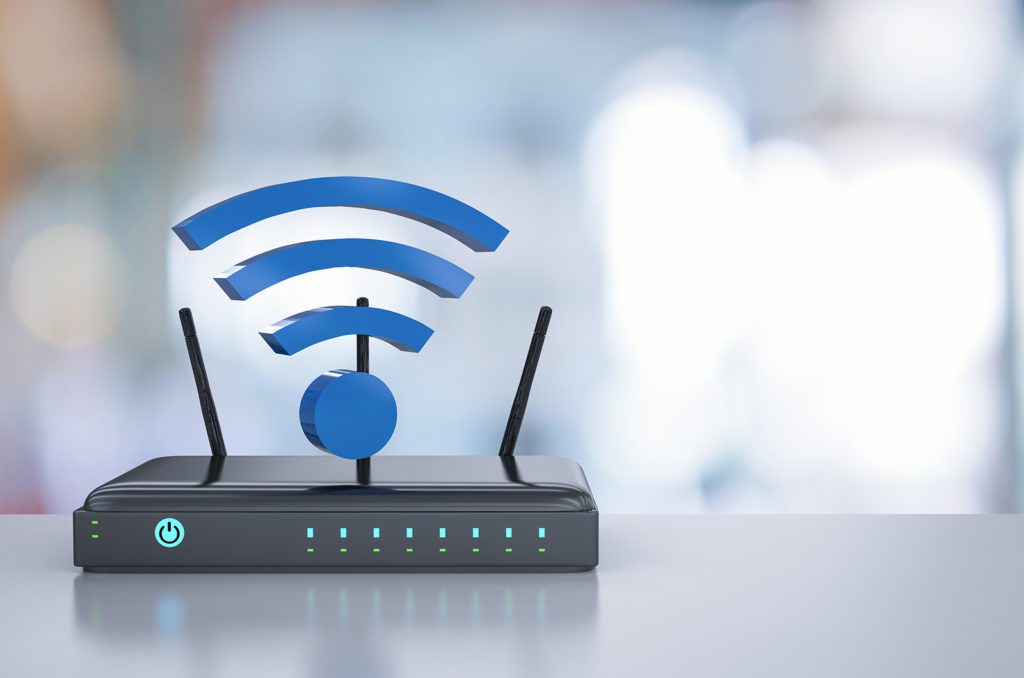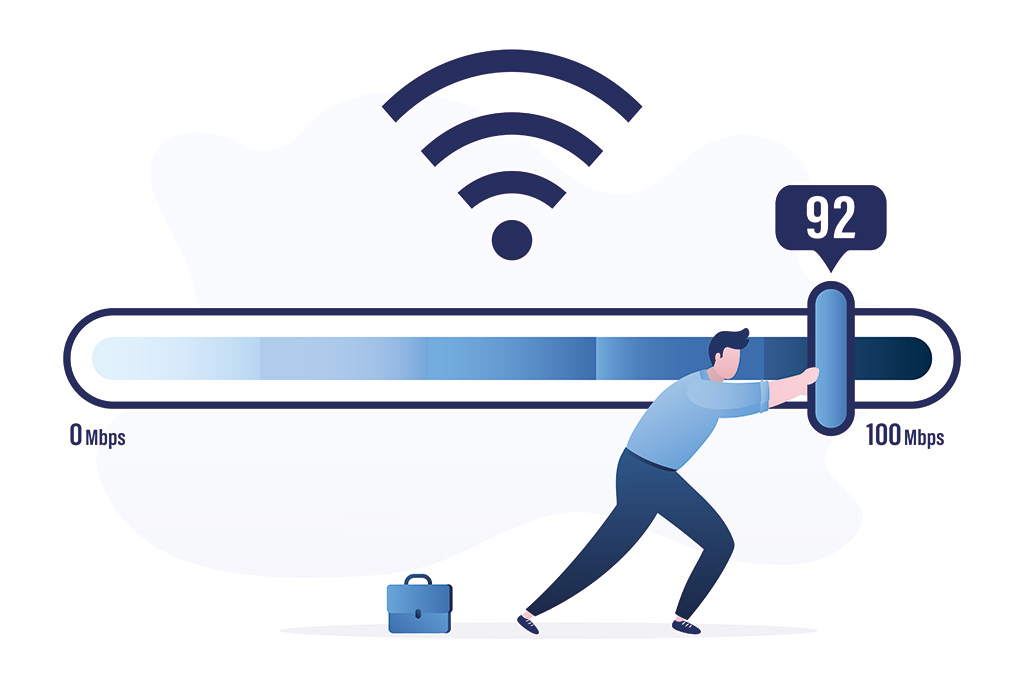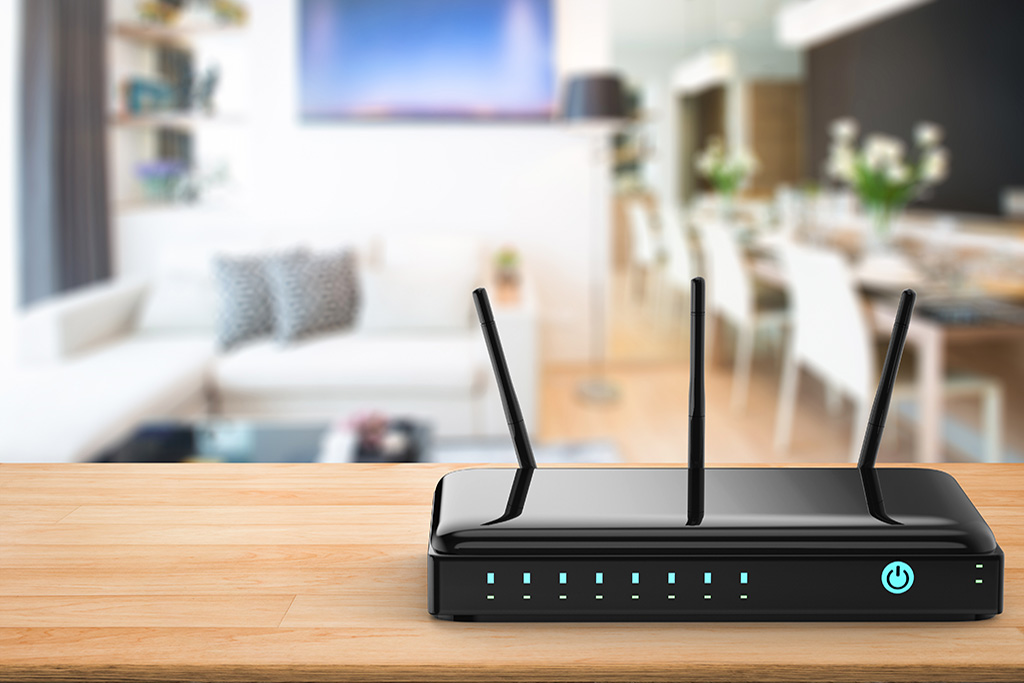
Introduction
You probably won’t consider the speed of your Wi-Fi until it slows down, then you may turn to your IT provider to see if there is a network issue or locate the system churning out vast amounts of data to the detriment of the office.
The truth is Wi-Fi in 2022 is good, really good. Innovations in Wi-Fi technology have made speeds almost three times faster than they were five years ago. However, irrespective of the technology, there are still office moments where your Wi-Fi may dip significantly.
We rely on Wi-Fi every day for:
- Basic communication
- Accessing many applications
- Storing and accessing data
- Keeping our devices up-to-date and safe
- Giving customers a great experience
- And many other things.
Our hybrid way of working and widespread use of video calling has made reliable Wi-Fi even more important – in your staff’s homes and the workplace.
So, when your internet isn’t performing as well as it should be, it’s no longer just annoying. It can cause everything to come to a frustrating, grinding halt. We bring good news. There’s nearly always something you can do to improve Wi-Fi.
What Affects Wi-Fi Speed?
There are many reasons why you may be experiencing slow Wi-Fi. There could be a single fault, or it can be a combination of factors. When determining what your Wi-Fi speed is running at, you should look at the following:
- The coverage and bandwidth from your provider
- The number of devices connected and usage
- The age of your router
- Software versions and update scheduling
- Office factors that may impact the signal strength
- The use of extenders or access points
- Interference with other technology
The above is a limited list, more of a guidance for the most common issues that affect Wi-Fi speeds. Be sure to speak with your IT provider to regularly test and check many of these points; they have the technology and resources to detect faults in a fraction of the time.
Run a free speed test and show the results to your ISP to see if they match what you should be receiving

The Corrrect Setup and Configuration
Configuration is the most common cause of slow internet. You may be continuously experiencing slow internet, but you must be aware of the configuration setup. The router and access points focus on this topic when we speak about configuration.
Wi-Fi signals are divided into channels. In your business, you likely have several devices working together to provide your Wi-Fi. Each will have its channel to communicate and connect with your devices. These channels must be balanced to avoid network congestion.
To avoid network congestion from other electronics, place your router in an open space away from walls and obstructions. Central placement will provide the largest range of Wi-Fi inside the building or office.
There will inevitably be dead spots within your office. To locate these dead spots, you could use a mobile app that tests ranges and reports on where the dead spots are likely to be. Equally, apps can help you identify where you have the strongest signal strength, a good spot for your router.
You can also create a network policy that restricts the use of particular websites or services. This could include blocking ads, using streamlined browsers, and installing malware scanners.
Some routers offer QoS (Quality of Service) controls that restrict the amount of bandwidth specific applications can use. You can better use your network by prioritising the apps you use the most and giving lower priority to those less important.
Request your managed IT service provider run regular checks on your configuration to ensure you are achieving optimal performance

The Importance of Updating
We reiterate the importance of updating all your software and appliances at specific intervals throughout the year. Updates fix problems and allow devices to work better, yet most people only touch their Wi-Fi once it has been set up.
Just because something is working fine doesn’t mean it should be taken for granted. Schedule a review of your Wi-Fi systems monthly; the review should take no longer than 10 minutes to conduct. Request your IT provider to undertake this for you.
Keep an eye on the age of the devices you connect to your Wi-Fi. If your business relies on up-to-date technology, you can use higher standards of Wi-Fi, which are always faster than older Wi-Fi standards.
Wi-Fi Checklist
This checklist is for your office and when you’re working from home.
- Run a speed test
Sometimes Wi-Fi can feel slow, but it’s just a temporary glitch, and overall, the service is running well. Run a speed test and write down the results. - Check what everyone is doing
Depending on your connection, how people use the internet will have an effect. - Reboot your router
It may sound very stereotypical advice, but there’s a reason IT professionals suggest this first – it really can be the solution in a lot of cases! Turn off your equipment and wait for a minute. Plug it back in, wait for everything to connect, and run another speed test. - Reboot your device and clear your browser’s cache
All devices benefit from a reboot now and again. Maybe your slow internet speed is your computer slowing down? Your browser cache stores files that help websites load faster, but when it gets overloaded, it can affect performance. Make it a habit to clear your cache now and again. - Check which devices are connected to your network
You may have unauthorised devices connected, which means you’re sharing your bandwidth with more people than you thought. If your business offers Wi-Fi access to the public, make sure this is a different network from the one your team relies on.

